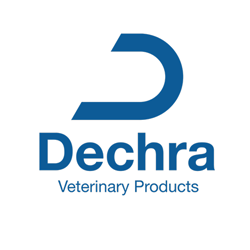Vaccinations
Practitioners can develop individualized vaccination protocols consisting of core vaccines (rabies virus, feline herpesvirus type 1 [FHV-1], feline calicivirus [FCV], and feline panleukopenia virus [FPV]) and non-core vaccines based on exposure and susceptibility risk as defined by the patient’s life stage, lifestyle, and place of origin as well as by environmental and epidemiologic factors.
The Task Force supports the 2020 AAHA/AAFP Feline Vaccination Guidelines7 and the World Small Animal Veterinary Association’s recommendation that veterinarians should vaccinate every animal with core vaccines and give non-core vaccines no more frequently than is deemed necessary based on risk exposure.126 Revaccination against FPV, FHV-1, and FCV at 6 months of age to potentially reduce the window of susceptibility in kittens with maternally derived antibodies toward the end of the kitten series (16–18 weeks) is recommended.7 Feline leukemia virus (FeLV) vaccination is considered core for kittens and young cats owing to age-related susceptibility, especially those with a high risk of regular exposure. It is recommended to revaccinate for FeLV 12 months after the last dose in the kitten series, and then annually for individual cats at high risk. Veterinarians have considerable ability to use biologics in a discretionary manner but also should be aware of any state- or provincial-specific restrictions in their veterinary practice act relating to implementation, especially in regard to rabies. Detailed information regarding the role of vaccination as an essential component of preventive healthcare is given in the 2020 AAHA/AAFP Feline Vaccination Guidelines.7
Feline injection-site sarcoma is a real, albeit low, risk for cats receiving injectable vaccines.7 Feline injection-site sarcomas are aggressive, locally invasive neoplasms that are difficult to diagnose and surgically remove.7 Practitioners should follow the “3-2-1 rule” when investigating suspicious masses.7,127 In order to facilitate surgical excision or amputation in the event of sarcoma formation, and the opportunity to obtain two or three surgical planes, all vaccines should be administered in the lower limbs or tail, as recommended in the 2020 AAHA/AAFP Feline Vaccination Guidelines.7 Distal limb injections should be administered below the elbow or stifle; tail injections should be in the distal third of the tail. Because complete surgical excision of a mass is most difficult in the intrascapular space, administration at this location is not recommended. Education of owners regarding injection-site reactions is prudent. Practitioners are strongly advised to keep complete, accurate records of antigen administration site and route of vaccine administration.
Boehringer Ingelheim Animal Health USA Inc., CareCredit, Dechra Veterinary Products, Hill's Pet Nutrition, Inc., IDEXX Laboratories, Inc., Merck Animal Health, and Zoetis Petcare supported the development of the 2021 AAHA/AAFP Feline Life Stage Guidelines and resources through an educational grant to AAHA










